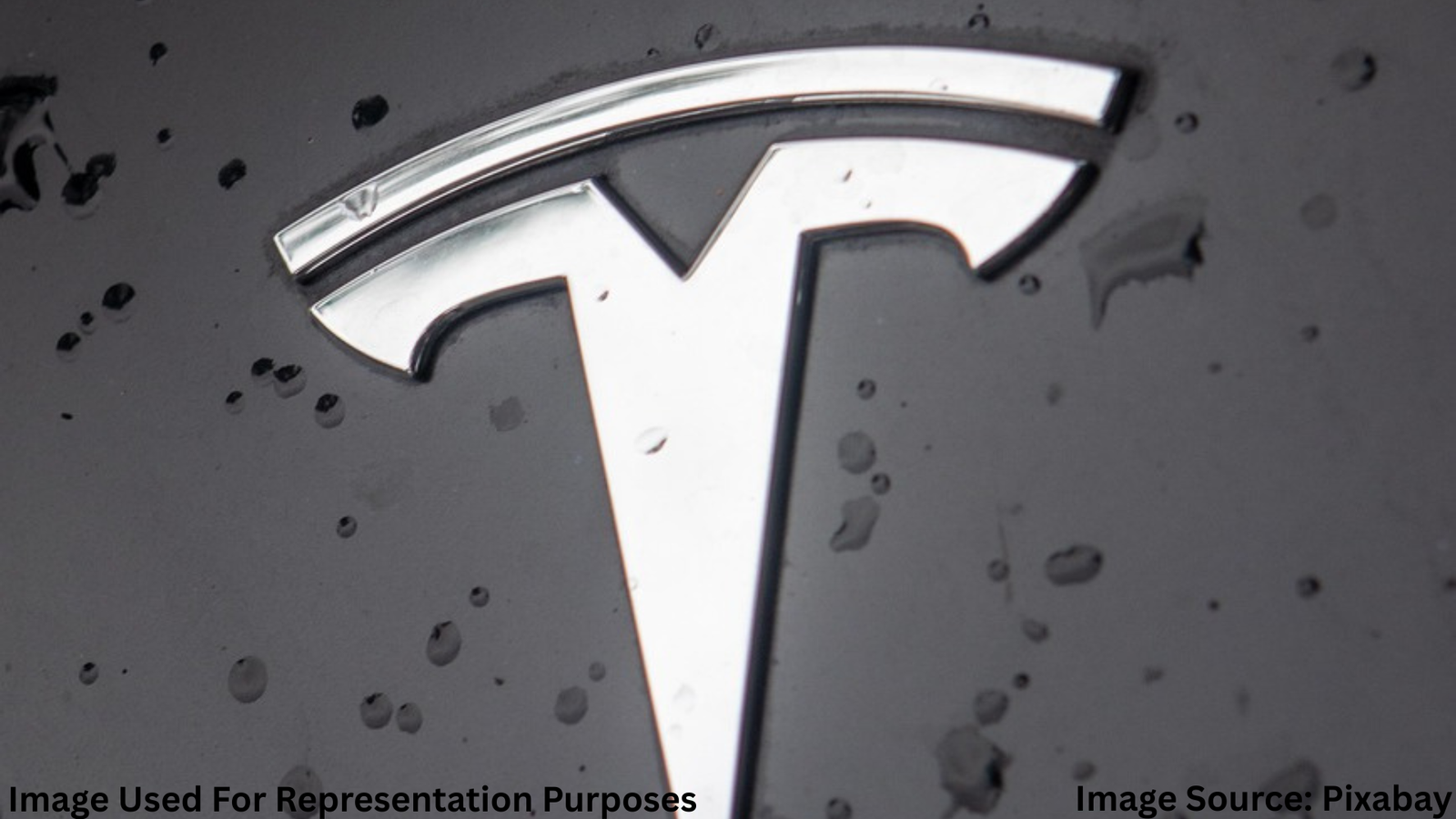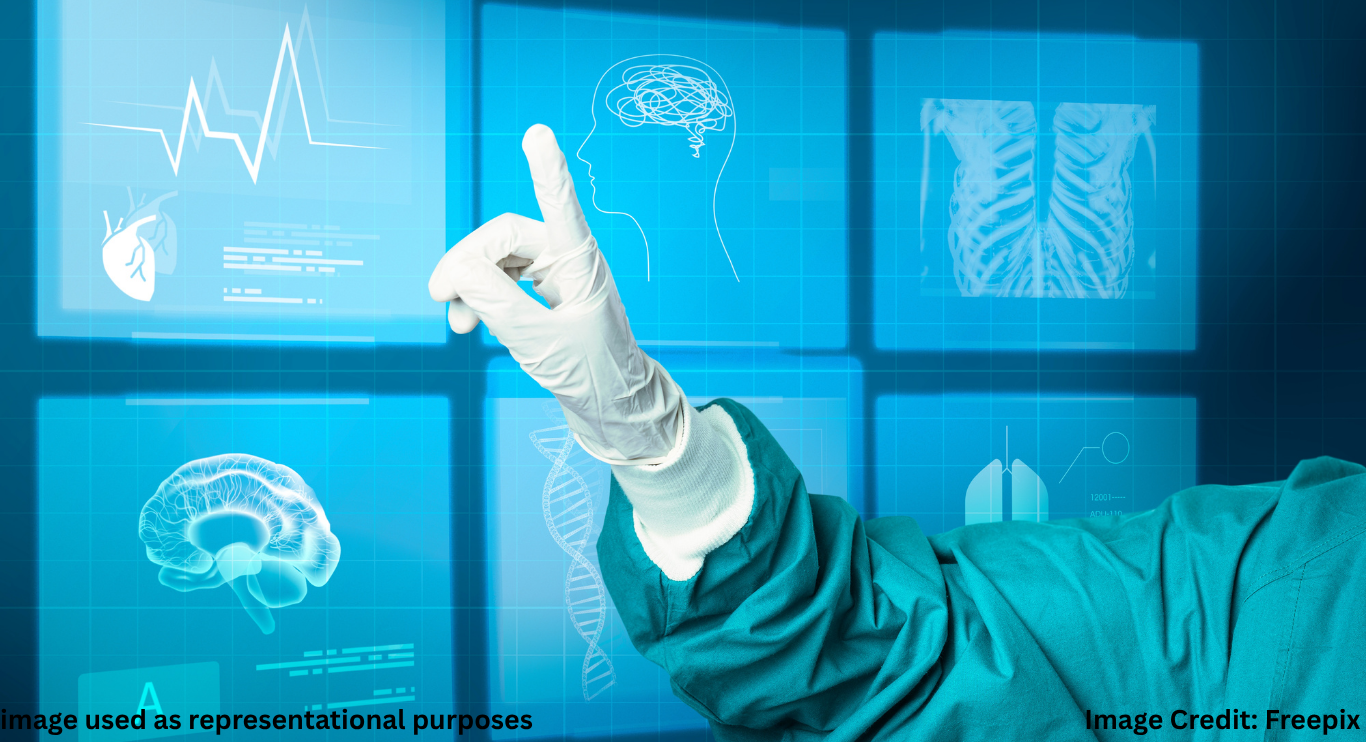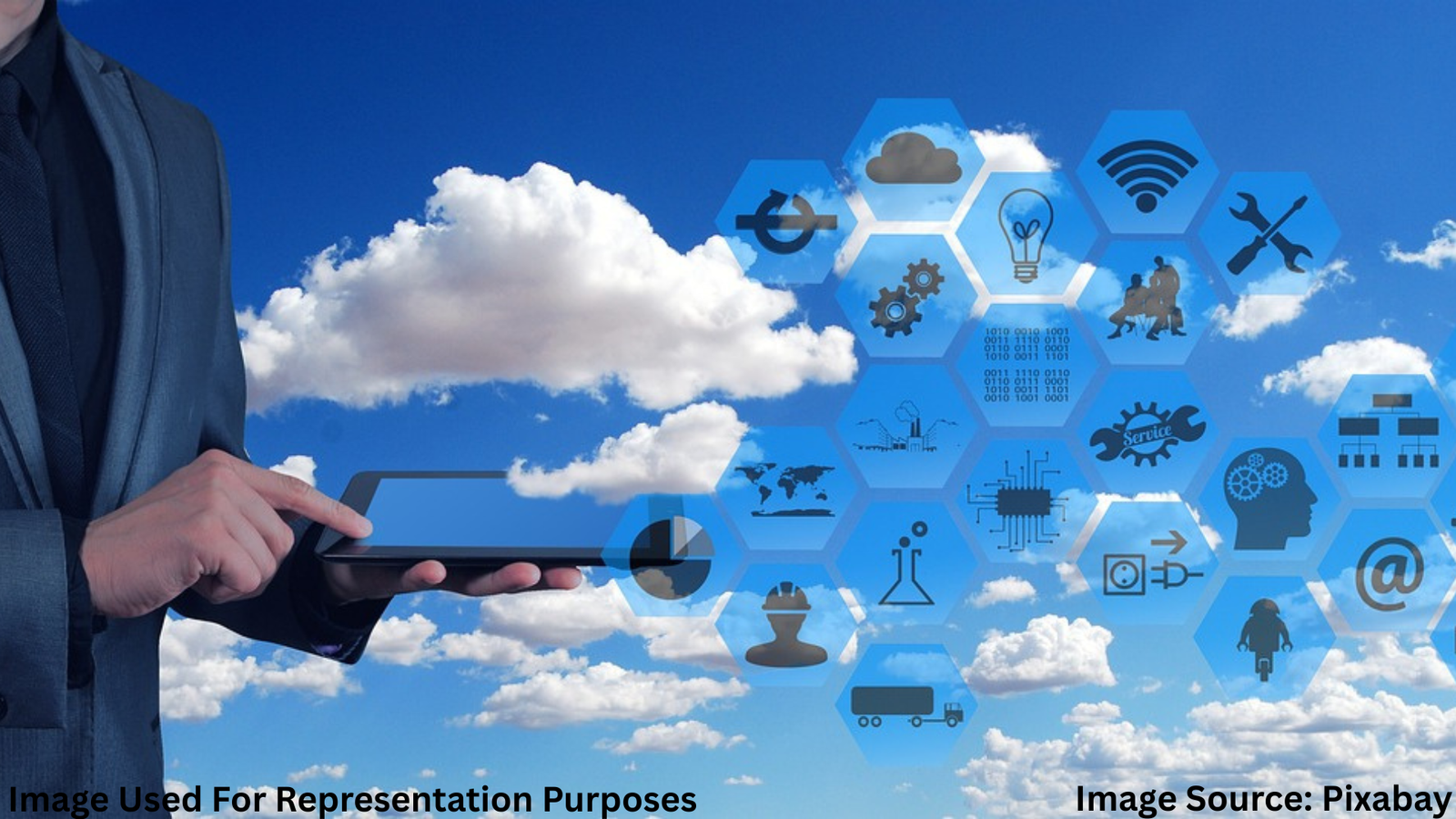
Elon Musk’s Detailed Reaction to the Tesla Crash Verdict
Elon Musk responds to incident has been trending since a jury ruled that Tesla bore partial responsibility for a fatal crash involving its Autopilot system. The decision reignited debates about the safety of semi-autonomous driving features, driver responsibility, and the role of tech companies in preventing accidents. Musk’s reaction was closely analyzed by the media, regulators, and Tesla owners worldwide, as it could signal how the company approaches safety, public trust, and innovation moving forward.
Background: The Incident That Sparked the Response
The case involved a Tesla operating under Autopilot when it collided with another vehicle, resulting in a fatality. Evidence presented during the trial indicated that while the system was engaged, the driver’s attention appeared to lapse. The jury concluded that Tesla’s driver-assistance technology contributed to the accident but also found that driver error played a significant role.
This outcome placed Tesla in a complex legal and public relations position: defending the innovation behind Autopilot while acknowledging that improvements were needed to prevent similar incidents.
Jury Says Tesla Blame Fatal Crash: Legal and Safety Implications
Initial Public Statement from Musk
In his first public remarks after the verdict, Musk acknowledged the tragedy and extended condolences to the victim’s family. He reiterated that Tesla’s Autopilot is designed to assist drivers, not replace them, and that the system always requires human oversight.
“No driver-assistance technology is flawless,” Musk said. “We make it clear in our documentation and in-car prompts that drivers must remain alert and in control at all times.”
This carefully crafted statement balanced empathy with defense of Tesla’s technology, aiming to protect the brand’s reputation while reinforcing personal responsibility for safe vehicle operation.
Defending Tesla’s Safety Record
As Elon Musk responds to incident, he pointed to Tesla’s internal data showing that Autopilot-equipped cars have fewer accidents per mile than those driven without it. According to Musk, these statistics demonstrate that, when used correctly, Autopilot enhances road safety.
However, he acknowledged that statistical averages do not diminish the severity of individual tragedies and that Tesla would analyze this case to see where improvements could be made.
Addressing Autopilot Misuse
Musk directly addressed criticism that Autopilot’s branding may encourage overreliance. He reaffirmed that Tesla would continue educating customers through the app, in-car alerts, and the owner’s manual. He also hinted at upcoming updates that would make disengagement warnings more prominent and frequent.
Autonomous Vehicle Liability Challenges: Navigating a Legal Gray Area
Commitment to Software Improvements
During his remarks, Musk announced that Tesla engineers were reviewing the Autopilot code to strengthen hazard detection and driver-engagement monitoring. Potential updates could include:
- More sensitive in-cabin camera tracking for driver attention.
- Enhanced steering wheel torque detection to ensure hands-on engagement.
- Quicker system disengagement if driver inattention is detected.
By announcing these measures, Musk positioned Tesla as proactive rather than defensive—using the verdict as a catalyst for improvement.
Regulatory and Industry Reactions
Following Musk’s comments, regulators like the National Highway Traffic Safety Administration (NHTSA) expressed cautious optimism. They welcomed the pledge for system updates but emphasized the need for transparent testing and reporting. Some safety advocacy groups argued that Tesla should go further by limiting Autopilot use in certain complex driving environments.
In the wider auto industry, competitors watched closely. Musk’s willingness to address both the technical and human factors in accidents set a precedent that other manufacturers may feel pressure to follow.
Media Interpretation
Media outlets interpreted Musk’s remarks in different ways. Some praised the tone as responsible and forward-looking, while others criticized him for not taking more direct blame. The coverage itself amplified public awareness of the importance of staying attentive while using semi-autonomous features.
Tesla Owners’ Perspectives
The reaction among Tesla owners was mixed. Supporters viewed Musk’s response as a sign of leadership, appreciating the commitment to ongoing improvement. Skeptics, however, questioned whether these safety measures should have been implemented sooner.
Michael, a Model 3 owner from Arizona, said, “I trust Autopilot, but Musk’s words were a reminder that I’m still in control. The technology is a tool, not a chauffeur.”
On social media, some users shared personal stories of Autopilot preventing accidents, while others posted near-miss experiences that made them cautious about overreliance.
Legal Implications for Tesla
As Elon Musk responds to incident, legal experts note that this verdict could set a precedent for shared liability between human drivers and manufacturers of driver-assistance systems. If courts continue to assign partial responsibility to automakers, Tesla and its competitors may need to build more robust safeguards to minimize legal exposure.
Some analysts predict that Tesla’s public acknowledgment of shared responsibility—without admitting fault—was a strategic choice to avoid further litigation risks while maintaining public trust.
What Comes Next
Musk indicated that Tesla will accelerate its timeline for releasing next-generation Autopilot updates and enhancing its Full Self-Driving (FSD) beta program. The goal, he said, is to continually close the gap between driver-assist and full autonomy, while ensuring safety at every stage.
He also hinted at collaborations with regulators and independent safety organizations to create clearer guidelines for semi-autonomous systems, potentially influencing industry standards.
Conclusion: Balancing Innovation and Accountability
The phrase Elon Musk responds to incident captures a pivotal moment for Tesla. Musk’s handling of the situation—combining empathy, defense of technology, and promises of improvement—reflects the delicate balance automakers must strike in the age of automation. The verdict and his reaction could shape how Tesla, regulators, and the public navigate the complex relationship between human drivers and increasingly intelligent machines.
liability

Akalumhe Jefferson is a content writer with a new found interest for crafting engaging stories that transport readers to new worlds. Although no current actual background in creative writing but there’s active love for writing



